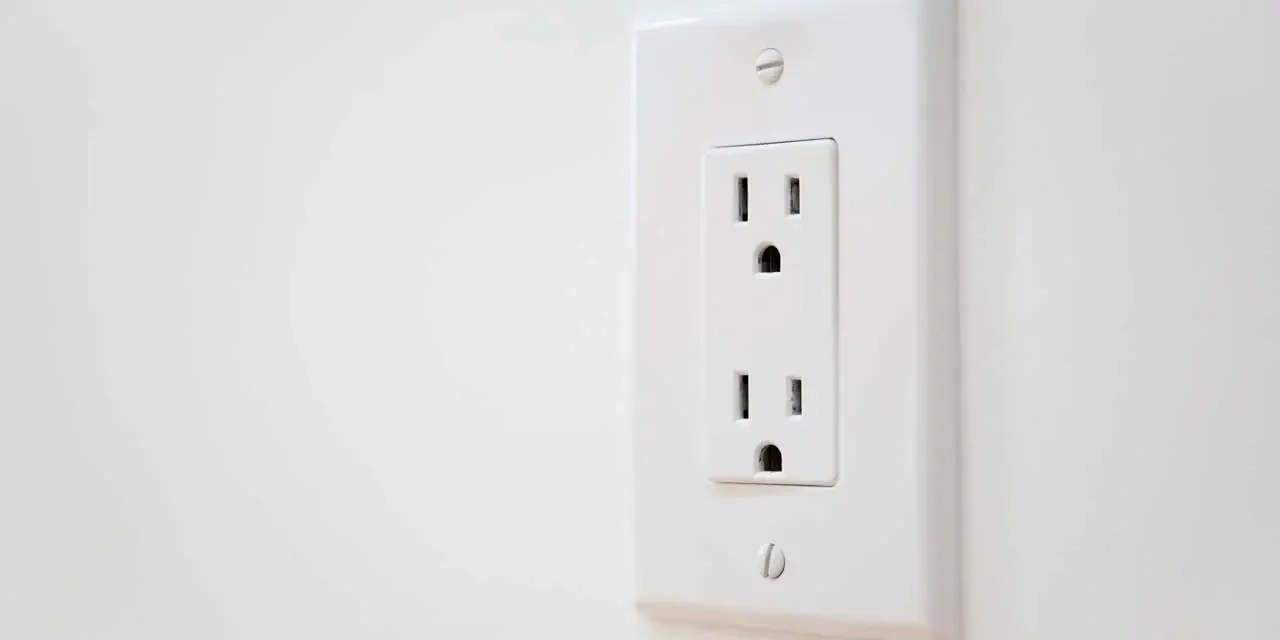Whenever an electrical contractor comes over for a job, they must follow through with certain rules and regulations to ensure that the electrical services they perform eliminate any chances of safety hazards. The protocol here is guided by a special electrical code which details specific instructions on spacing and other safety concerns in different settings, such as the code for electrical outlets in the kitchen.
The National Electrical Code, or simply NEC, states these residential electrical code requirements in enough detail.
What Is Electrical Outlet Spacing?
As stated earlier, the residential code states specifics like the distance between outlets and more, such as the residential kitchen code requirements for the circuit. The specific details for distance and power for code electrical for kitchen counter outlets and other areas are listed as follows:
Living Areas
In the living areas, NEC dictates that the minimum distance between outlets should not exceed six feet when measured horizontally on the floor. Such regulations also exist for kitchen outlet spacing to avoid overstretching wires and the associated electric safety hazards.

Bathrooms
You may ask: “what is the code for electrical outlets with respect to electric wiring placement in bathrooms?” Here, the measurement is taken with reference to the sink and should not exceed 3 feet and be ideally above the countertop. Your electrician must know how far apart should outlets be before proceeding.
Kitchens
The kitchen outlet requirements are also specific about how far or close the outlets should be. The code dictates that the distance should be under 48 inches. This is because the wiring for appliances in kitchens does not exceed this length.
A Little Bit About The Protection Requirements
On top of the electrical code outlet spacing, there are some protection requirements as well:
GFCI
The ground-fault interrupter protection, or simply GFCI, is necessary for some parts of the electrical outlets of the house:
- Kitchen countertops receptacles
- Receptacles associated with dishwashers
- Bathroom receptacles
- Laundry associated receptacles
- In any unfinished basements
- Any receptacles placed in outdoor locations
- Near any watery areas such as pools
On top of this, your electric contractor must also be aware of what is the minimum rating required for a receptacle and be able to answer “how many outlets can you add to an existing outlet?”
AFCI
The arc-fault circuit-interrupter, or simply AFCI, is established to sense any sparking or other issues and shut down the circuit if so. This is done either via circuit breakers or specially designed AFCI outlets for localized protection.
What Is the Minimum Distance Between Outlets?
Now, let’s move on to the electrical outlet spacing code as per the US National Electrical Code, Section 210.52. This code dictates the minimum distance between outlets for various parts of the house and places it at 12 feet at least.

And as for “how many outlets can you add to an existing outlet,” the answer is 8, for 15 amp outlets.
What Is the Minimum Rating Required for a Receptacle?
After discussing the kitchen outlet code and electrical code for outlets, now comes the part where we discuss the ratings for receptacles. This is 15 amps for a 15-ampere branch circuit and 20 amps for corresponding circuits.
Tamper Resistant Receptacles
These receptacles offer additional protection and come labeled as “TR.” They prevent children from accidentally creating safety hazards and are placed in general-use areas of the house accessible to kids, as per the residential electrical code requirements.
Hire McCarrick Electric for Your Needs!
Now that you understand what tamper-resistant receptacles and electrical for kitchen counter outlets are for, you must rely only on electric contractors who understand such regulations and follow through. McCarrick Electric is a trusted name in the electric business with decades of combined experience, and we fully understand such codes and regulations. You can reach out to us for your next job in:
- Aurora
- Brighton
- Denver
- Highlands Ranch
- Littleton
- Parke
- Thornton
- Westminster
You can even call us now for electric emergency services!







